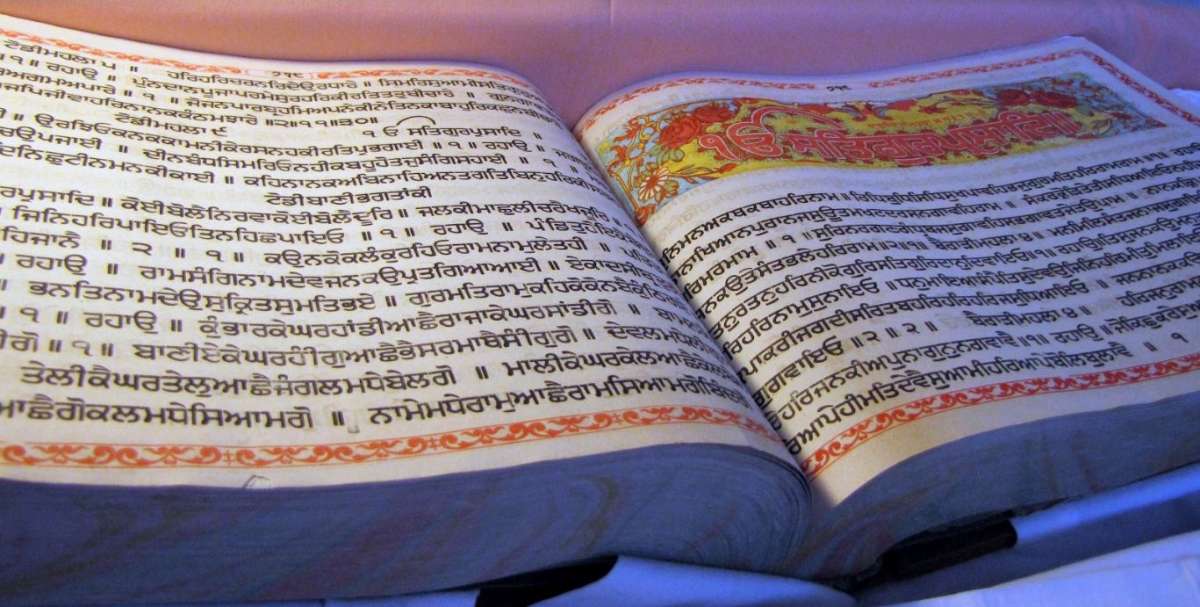Sikhs also engage in community development projects to address long-term challenges and upliftment of marginalized communities…reports Asian Lite News
We are well aware that all religions propagate service to humanity, Sikhism staunchly emphasizes the concept of ‘seva’. For a Sikh, ‘seva’ (selfless service) and ‘simran’ (remembrance of Guru’s words) are mandates to be followed religiously. According to Guru Nanak Devji, true ‘seva’ is one with any expectation of rewards and must be followed with the utmost purity of intention.
Sikhism underpins philanthropy, the core being the concept of ‘seva’ which is believed to purify the soul, cultivate humility and nurture a sense of community. This ideology has given birth to ‘Langars’ or free community kitchens, found in Gurudwaras worldwide. ‘Langars’ serve free vegetarian food to everyone regardless of their caste, creed, gender, or social status. Sikhs volunteer for various activities in this process. These volunteers known as ‘Sevadars’, selflessly prepare, serve, and even clean up after ‘Langar’, fostering a spirit of unity and service.
The soup kitchen at The Golden Temple, Amritsar is a shining example in this respect. Being the largest community kitchen, the Golden Temple Langar feeds around one lakh people every day. There is no fixed mealtime here; people are always fed when they visit. And there’s always enough for everyone. It is said. that nobody sleeps hungry in the sacred city for the ‘Langar’ never stops!
Another such ‘Langar’ is served at the Gurudwara Bangla Sahib in New Delhi. Reportedly 50-75 thousand people eat at this shrine on a daily basis. It starts at 5 AM and continues till the wee hours of the night. The ‘seva’ is free for all to volunteer.
The meals served at these ‘Langars’ are not only finger-licking-good but also nutritionally balanced and wholesome. It takes armies of people to prepare these meals and the teamwork really shines through. The kitchens are clean, stellar efforts are made to ensure the same. People work round the clock, tirelessly, to feed others. And what do they get in return for this selfless service? Blessings and spiritual satisfaction!
The concept of ‘seva’ further extends to humanitarian aid and disaster management by Sikhs. In times of natural calamities like earthquakes, floods, hurricanes, etc. volunteers from the Sikh community always come to the rescue by providing food, water, medical aid, and shelter to those affected. This commitment to serving the community is grounded in the teachings of their religion which reiterates the inherent dignity of every individual. Water Africa was an initiative to provide safe, clean drinkable water in villages of Africa in the face of frequent draughts faced in this region. As more than a million migrants and refugees crossed into Europe in 2015, their teams have been working non-stop to support these refugees with vital supplies.
Education and Health are considered essential human rights by Sikhs. In lieu of this belief, they contribute actively to these spheres. The Nanhi Chhaan Foundation, founded by environmentalist Baba Balbir Singh Seechewal, focuses on multiple philanthropic endeavors, education being their primary concern. They promote education by establishing schools, providing scholarships, etc. They also contribute to healthcare initiatives by organizing health camps and providing support to hospitals and medical facilities.
Sikhs also engage in community development projects to address long-term challenges and upliftment of marginalized communities.
These initiatives include constructing homes, schools, and community centers, providing vocational training, and empowering women through skill development programs. For instance, The Sikh Helpline (based in the UK) provides support and assistance to individuals facing issues from substance abuse to domestic violence to overcome challenges and improve their lives.
Numerous Sikh organizations are dedicated to social service endeavours worldwide. Their contributions significantly support people on a global scale, reflecting the values and teachings of Sikhism. Their commitment to ‘seva’ serves as an inspiration to people of all backgrounds, promoting a more inclusive and compassionate world.
ALSO READ-Khalistan movement poses complex challenge to India, West & Sikhism



